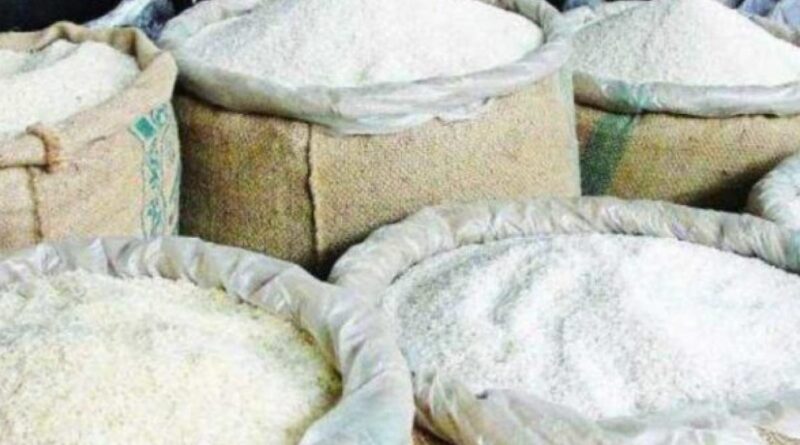Centre brings wheat and rice under price stabilization fund
By Puja Das
The government has approved inclusion of wheat and rice under its price stabilization fund (PSF) after it started selling Bharat atta and rice as part of its retail intervention in a bid to tame inflation as prices are soaring ahead of general elections, a government official said.
The fund is used to build up India’s buffer stock of key food commodities and strategically release these in the market when prices rise.
So far, only onions, potatoes and pulses have been part of the PSF. The new step will see the government give a payout to the Food Corporation of India (FCI) for supplying Bharat atta and rice to the central procurement agencies National Agricultural Cooperative Marketing Federation of India Ltd (Nafed) and National Cooperative Consumers’ Federation of India (NCCF).
The FCI will get a subsidy of ₹435 for a quintal of wheat and ₹200 per quintal of rice supplied to Nafed and NCCF for processing these and then selling under the Bharat brand.
The government already sells Bharat atta (flour) and rice at a subsidized price of ₹27.50 and ₹29 a kg. However, sales of the Bharat brand have been tepid.
“Inclusion of wheat and rice as PSF commodity will enable subsidy payment from the open market sale scheme operations for wheat and rice,” the official cited above said.
“Inclusion of rice as one of the commodities for PSF operations was done last September, while wheat has been added recently. The inclusion of wheat means a subsidy of around ₹326 crore, which has been approved by the concerned authorities and will be given to FCI from PSF,” the official said.
“FCI may claim the subsidy amount through DFPD (department of food and public distribution) for the quantity of wheat allocated for Bharat atta, and DoCA (department of consumer affairs) will disburse the approved subsidy after examining the reimbursement claim.”
PSF was set up in 2014-15 with a corpus of ₹500 crore to maintain a strategic buffer stock that would discourage hoarding and speculation, protect consumers by supplying commodities at reasonable prices through the calibrated release of stock from the buffer, and incentivize domestic production through direct purchase from farmers and farmers’ associations at the farm gate or mandi. During FY15-FY23, the Centre spent ₹27,489 crore under the scheme.
Queries sent to the consumer affairs, food and public distribution ministry and FCI remained unanswered at press time.
The move comes ahead of general elections and amid soaring rice and atta prices.
Though atta prices have not inched up significantly, the rise in rice prices is notable. As of Wednesday, the all-India average rice price was ₹44.32 a kg, 13.79% higher than the previous year. It was nearly 4% higher in the case of atta at ₹36.02 a kg, as per the consumer affairs department.
Retail food inflation rose to 8.66% in February 2024, from 8.3% the previous month and 6% a year ago.
“They did such intervention in rice earlier in some states to bring down market prices, but it didn’t work out. They could not sell much. We are back into a welfare state, which is a positive sign. I don’t disapprove of it. But I think it is linked to the election,” said Devinder Sharma, a food and trade policy analyst.
This article has been republished from The Livemint.

